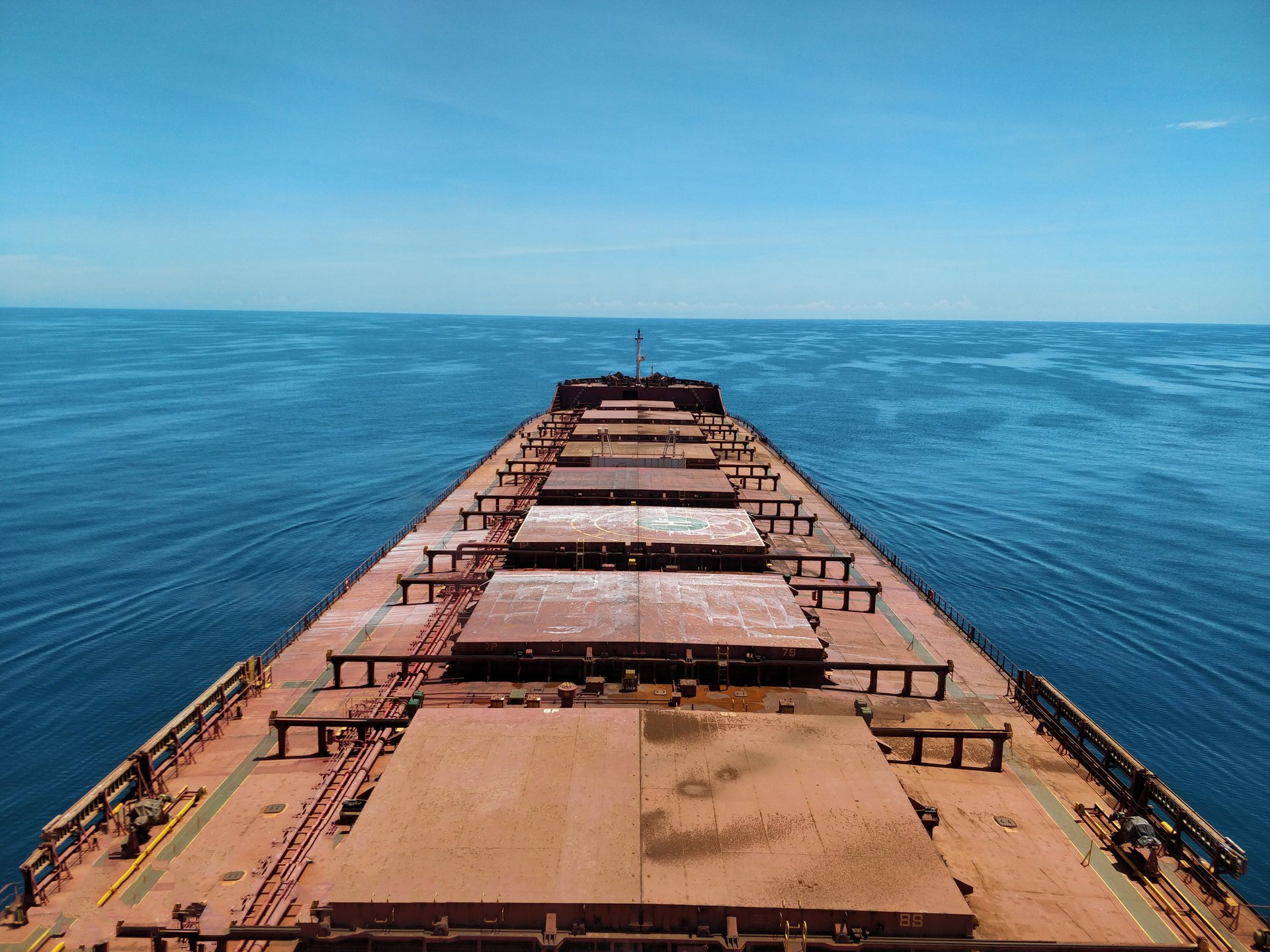
Published on 17 Oct 2023
The Carbon Intensity Indicator (CII) has been in force since January 2023. The rating system had been developed by the International Maritime Organization (IMO) to gradually reduce CO2 emissions from commercial ships. While the CII is due for review in 2025, we believe that shipowners should aim for top ratings right away, as the CII may not only influence the vessel sale and purchase market, but also develop into a key criterion for cargo owners when they select a vessel as a means of transport.

Published on 17 Oct 2023
The IMO introduced the CII as a stimulus to reduce the carbon intensity of ships. Its purpose is to rate how efficiently a vessel transports goods or passengers. The first report for verification is due by March 2024. Vessels will then receive a rating between A and E. Vessels rated D for three consecutive years or rated E will need to develop corrective action plans to show how they intend to achieve the required minimum C rating. However, there are currently no specific consequences in place if such plans are not produced, and the CII metrics of performance evaluation are officially due for review in 2025.

The rating is based on fuel consumption data, which is influenced by how a specific ship is operated in combination with its technical efficiency and the type of fuel used.
This means, to get a good rating, a ship can run on low-carbon fuel instead of fossil fuel. In addition, there are many other factors impacting the rating because they lead to reduced fuel consumption or higher energy efficiency. These include:
In July 2023, the IMO adopted its revised strategy on reduction of greenhouse gas emissions from ships to underline its commitment to the Paris Agreement targets. The new version includes a much more ambitious goal to reach net-zero GHG emissions from international shipping by around 2050 and has been welcomed by international bodies such as the European Commission. The CII has been identified as one of the key measures to implement this strategy. Therefore, as much as the CII is imperfect and needs a revision of the correction factors and metrics – such as the impact of cargo weight on the rating, the phased approach, the enforcement mechanism and greater alignment with other regulations pursuing the same goal, such as the European Union’s Emission Trading System (EU ETS) – it plays a major role in the IMO’s overall efforts to decarbonise the industry. As such, it is here to stay.
Not only is the CII rating here to stay, with commercial shipping ultimately depending on consumer demand worldwide, it is destined to gain in importance. As growing numbers of consumers consider their personal impact on the climate before making purchase decisions and green-minded investors pay attention to environmental, social and governance (ESG) metrics of companies before making investment decisions, carbon-neutral products and pro-environmental behaviour are becoming the new normal.
The carbon neutrality of a product also depends on the carbon footprint of its transport. As a result, the CII rating may not only influence the vessel sale and purchase market, but also develop into a key criterion for cargo owners when they select a vessel as a means of transport.
A good rating should therefore contribute to the overall competitiveness of a ship on the world market. There is a clear business interest in embracing the CII from the beginning and aiming for a good rating.
Given the many factors influencing the CII rating, depending on the charter type, it is not always the owner alone who can decide on CII-relevant measures and thus on a vessel’s competitiveness. Other parties who can influence the rating include port facilities as well as charterers who can decide on a vessel’s cargo and speed. Therefore, the rating of a ship will often be the result of what owners and charterers manage to negotiate in their contracts – and of how ship managers can proactively improve the decarbonisation efforts by optimising vessel performance and route efficiency. Consequently, to get a good CII rating, cooperation and transparency, especially between owners, charterers and ship managers, will be crucial.


Our Fleet Performance Centre (FPC) team helps owners optimise vessel performance and drive decarbonisation to comply with the CII regulations. They constantly liaise with ship crews to improve data accuracy, offering shipowners the best decision-making options for their fleet.
Our team trains crews on the importance of data quality through the Vessel Performance & Decarbonisation courses in our Maritime Training Centres and advises shore teams on the processing and submission of vessel data, hull and machinery maintenance and the options for voyage optimisation.
Their experience is that continuous monitoring of a vessel’s operational performance is the best way to achieve accurate data which helps calculate, simulate and predict a vessel’s anticipated performance. The more precise the data, the more realistic and cost-efficient the recommendations for the concrete actions needed to improve a rating and to stay competitive become.
E-mail the expert.


A lively account of the latest developments at BSM and across the wider maritime industry.